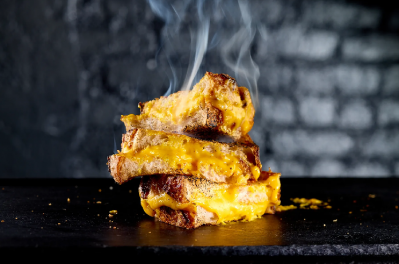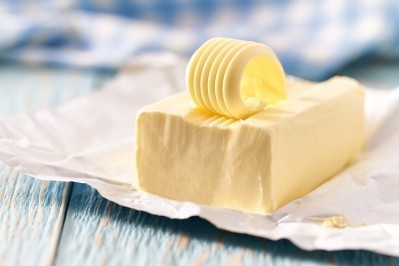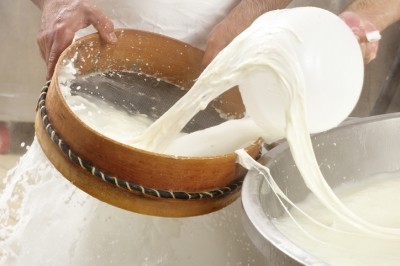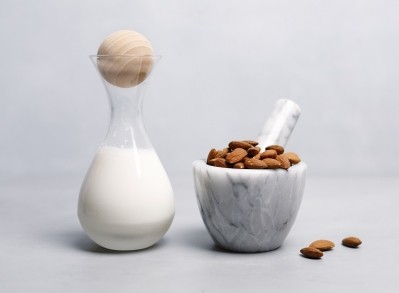To imitate or not to imitate: Should dairy alternatives copy the taste and texture of milk?
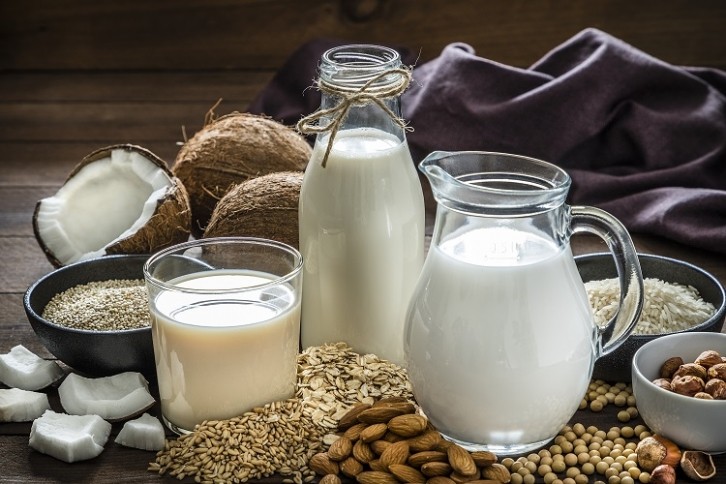
At our Protein Vision broadcast event in June, we spoke to business leaders in the alternative dairy category about the kind of substitute they believe consumers are looking for.
You’re the real thing, even better than the real thing
Some of our panellists believed that consumers want something that imitates the taste and texture of milk.
“We’re now delivering not-milks to consumers, something that looks like, tastes like and acts like the real thing, the actual dairy milk,” said Nick Watkins, founder of alt milk start-up MIGHTY, “which is something we know consumers want.
“We’ve got 20% of the market drinking dairy alternatives, 80% still drinking dairy. We want to make it really easy for those 80% of people who are drinking dairy milk to come into the dairy alternatives category, and not have to make any compromise.”
One product, MIGHTY's pea-based milk, is ‘designed for a different consumer’ to the like-milk product, and has high levels of protein. However, Watkins stressed that it has still ‘got a very close mouthfeel to actual milk.’ Imitation is vital for MIGHTY.
Brad Vanstone, co-founder of Dutch alt cheese company Willicroft, agreed that imitation was important and is focusing on getting the texture right with products.
“We’ve not gone down the mozzarella route because casein is vital to that stringy nature that you have with mozzarella,” he said.
“So we’ve gone down the route of creating products like a feta. That crumbly texture is actually quite attainable with current technologies. We’ve also got a grated cheese that melts super well, so a lot of our work in the last couple of years was getting that texture right.”
It’s more than just texture, but the many dimensions that the cheese has. “We’re really trying to replicate the setting, as opposed to directly replicating the product. So that’s essentially looking to nail the texture, looking to get that functionality that you get with cheese.
“Because cheese has so many dimensions to it. You’ve got the taste, you’ve got the sensory smell as well, which is the very first part that you get. And many different parts whilst it’s in your mouth. So we’re really trying to replace how people use the product.
“If you’re able to swap one in and one out, it’s going to increase your ability to use it regularly, so that’s our goal there.”
No I’m not afraid of changing, I’m certain nothing’s certain
Nicolas Hartmann, co-founder and CEO of Germany-headquartered alt milk company Vly, prefers to see ‘imitates’ as just another category, not the main focus of his business.
“We have two products,” he said, “we have products that need to win in liking but that doesn’t mean they need to taste like dairy. And then there’s the second bucket of products which I call imitates, where you’re trying to imitate exactly the animal-based product.”
Depending on the aim – to imitate or to create something new - the product can be fundamentally different in nutrition and even clean label. “To me these are two different very different approaches in development, you have very different targets for scientists to achieve A or B, and you have also very different means on how you get there. The product is aimed to taste exactly like a dairy product, it’s not going to be as clean, and there’s just different priorities because you’re speaking to a different consumer.”
Sorosh Tavakoli, CEO and co-founder of Sweden-headquartered alt cheese company Stockeld Dreamery, goes even further, questioning the need for a product that tastes exactly like the dairy-based version.
“A debate we’re having internally,” he said, is “to what degree should we be proud of our ingredients and of the flavour of lentils and chickpeas, which is definitely there - it’s the flavour of the product - and how neutral do we want to go.
“Because ultimately, if you end up tasting exactly like dairy I’m not sure what the purpose is, what the actual value is to consumers. Because even though sustainability is said to be a driver, I’m very sceptical about how much of a driver that actually is at a larger scale and we’re seeing that in our company, a lot of our employees are eating meat and dairy.
“So to sum it up, I think we want to decrease the barrier for new people to come on board. We don’t want to have a radical taste that needs a lot of training to like, but still want to have a signature flavour where it actually tastes what it is.”
Missed Protein Vision 2023? Don’t worry, all four sessions profiling cutting edge innovation in the alternative meat and dairy space are still available to view. Register here to watch on demand.
